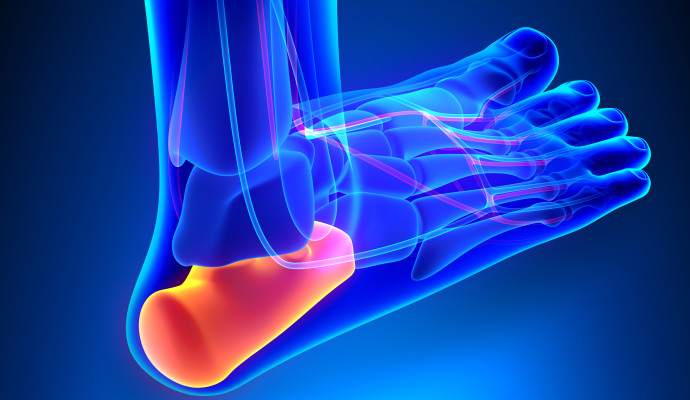
In this month’s “Ask the Physio” we cover the topic of Plantar Fasciitis. Some of you may be asking, “what is it?”, so let’s get a good understanding of this first.
Plantar fasciitis is one of the most common forms of foot and heel pain. Your plantar fascia is a thick band of tissue which originates from the bottom surface of the heel bone and extends along the sole of the foot towards the toes.
During gait (walking) the plantar fascia acts as passive limitation to the over pronation (flattening) of your arch. If the amount of strain on the plantar fascia increases, then the tissue can become inflamed and this is known as plantar fasciitis.
What causes plantar fasciitis?
Plantar fasciitis is caused by one of two methods:
Traction (stretching): A repetitive overstretching of the plantar fascia due to poor foot mechanics i.e. flat feet.
Compression: Usually will have a traumatic history such as landing on a sharp object.
What are the symptoms of plantar fasciitis?
Typically you will notice plantar fasciitis under your heel or in your arch, these symptoms are more noticeable in the morning or after prolonged rest. These symptoms usually reduce once the tissue is ‘warmed-up’.
Risk factors for plantar fasciitis:
Activity levels: sports which involve large amounts of running and jumping predispose the individual to developing plantar fasciitis.
Weight: increased weight adds stress to the plantar fascia
Occupation: jobs which require long periods of standing can add stress to the plantar fascia if there is incorrect footwear.
Flat feet/High arch: additional forces are placed on these types of feet
Weak muscles: muscle fatigue causes increased load being placed on the plantar fascia.
Are you dealing with plantar fasciitis? Come and see one of our physiotherapists to have your feet comprehensively assessed and get out of pain today!
Stayed tuned for next month’s instalment on how to treat plantar fasciitis.










